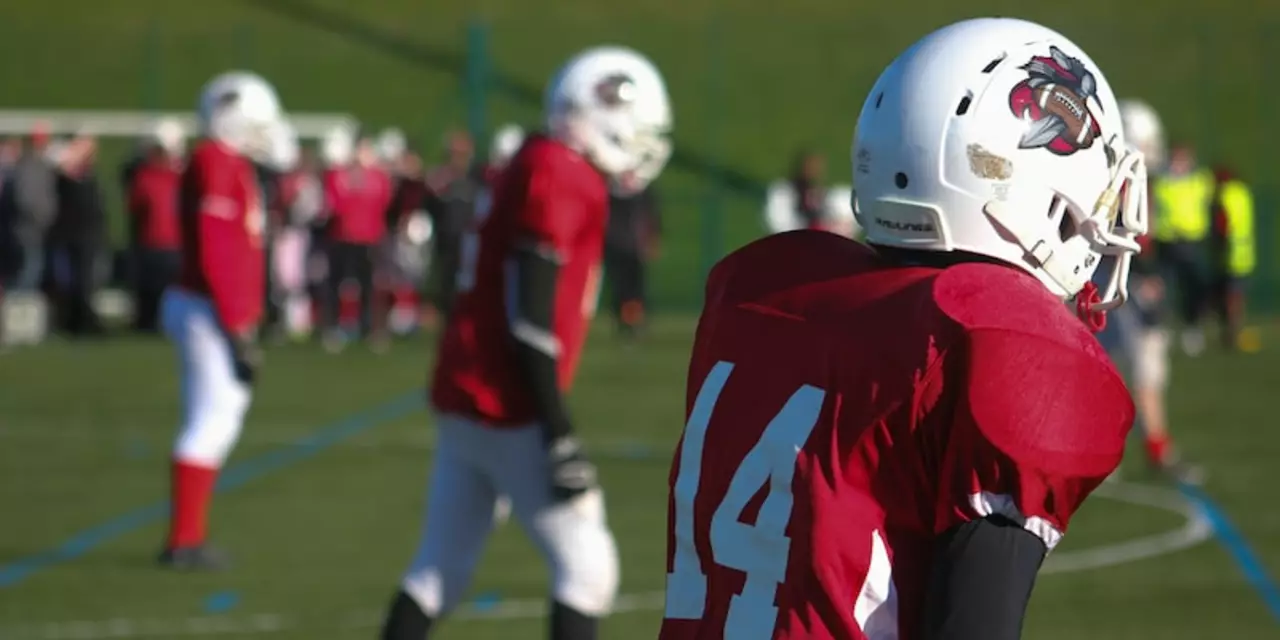Soccer/Football in the USA
When talking about Soccer/Football in the USA, the sport of soccer as it is organized, played, and followed across the United States. Also known as American soccer, it sits at the intersection of global sport trends and local culture.
One key pillar is the Youth Development System, a network of academies, schools and clubs that train kids from their first kick to elite level. Also called soccer academy pathway, it directly influences how many kids become professional athletes. A strong youth system soccer in the USA needs consistent coaching standards, access to quality facilities, and clear routes to senior squads. When those elements click, the talent pool expands and the national team gets better options.
The professional stage is anchored by Major League Soccer (MLS), the top‑tier league that brings together clubs from across the country. Known simply as MLS, it offers a showcase for homegrown stars and foreign imports. MLS requires substantial Soccer Investment, financial backing from owners, sponsors and media partners. The league’s growth fuels better stadiums, higher wages and more TV coverage, which in turn draws younger players into the sport.
All of this feeds the rise of American Soccer Players, athletes holding U.S. citizenship who compete at club, college and international levels. Often referred to as US soccer talent, they benefit from clearer pathways and stronger role models when youth development and MLS align. Their success stories illustrate how improved training, better league exposure, and increased investment together lift the overall standard of play.
Understanding these connections—youth academies, professional leagues, funding, and player growth—gives you a solid backdrop for the articles below. The collection explores why the U.S. has struggled to produce top‑level talent, how recent reforms are changing the landscape, and what still needs to happen for American soccer to compete globally. Dive in to see the full picture.
- By Colton Westwood
- /
- 10 Feb 2023
Why are there no good American soccer players?
The article examines why there are fewer successful American soccer players compared to other major sports in the US. It suggests that the lack of a consistent youth development system, lack of investment in the sport, and the lack of a vibrant professional soccer league are all contributing factors to this deficiency. It also highlights that there are many talented American soccer players, but they are often unable to reach their full potential due to these issues. Finally, the article argues that by improving the quality of youth development and investing more in the sport, American soccer can become a major force on the world stage.





